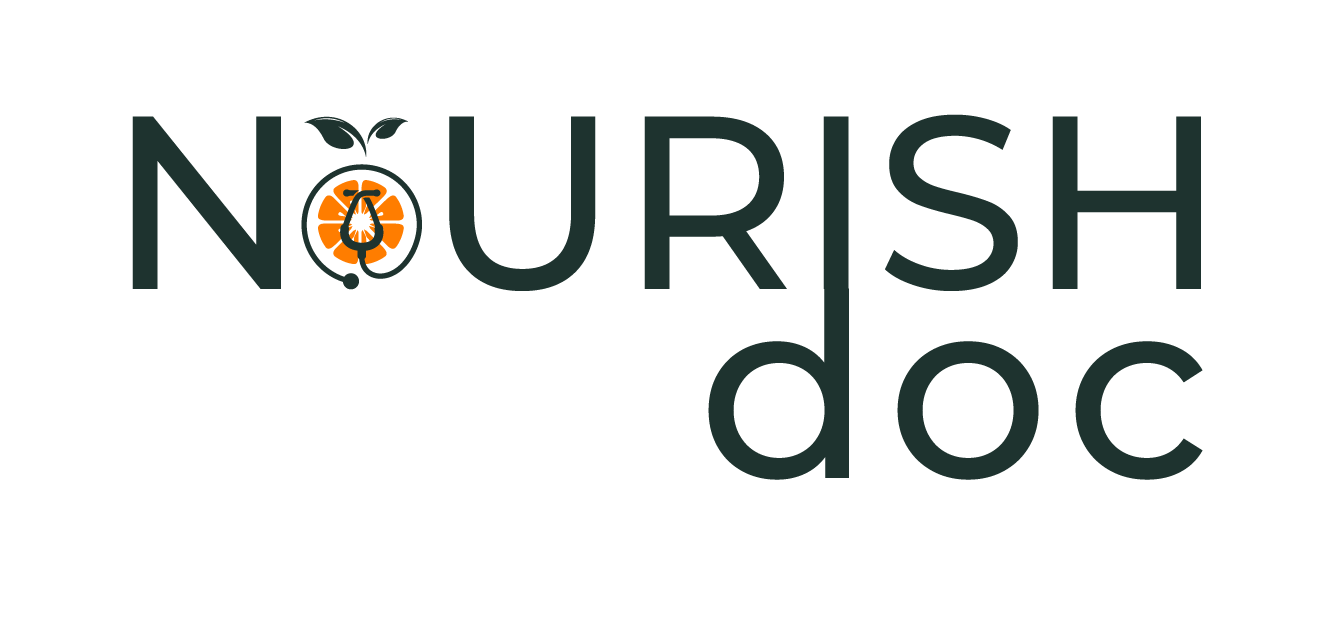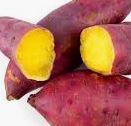What is diabetes?
Diabetes mellitus, often known as Diabetes, is characterized by elevated blood glucose levels which result from the body’s inability to produce enough insulin or effectively use the insulin. Diabetes is a serious, lifelong condition and the sixth leading cause of death in US. Diabetes is metabolism disorder in how the body digests food and converts it into energy. There are three types of diabetes. Type 1 diabetes is an autoimmune disorder that accounts for less than 10 percent of all diagnosed cases of diabetes. Type 2 diabetes is the majority of all diagnosed cases. The third type of diabetes occurs in pregnancy and is known as gestational diabetes. Left untreated, gestational diabetes can lead to health problems for pregnant women and their infants. People with diabetes can take actions to prevent & reverse this disease and lessen the risk of further complications.
Are sweet potatoes good for diabetics?
Potatoes are readily available and cheap. Yet few diabetics would associate these humble vegetables with a diabetes prevention diet.
Although potatoes are a starchy vegetable, diabetics can still appreciate them as part of a healthy diet. People with diabetes have to be conscious of their carb intake at each meal.
Are sweet potatoes good for diabetes? some kinds of potato are better for reducing blood glucose? What about the starch? How does the cooking method affect the outcomes? Let’s go through some of these questions.
Sweet potatoes & diabetes
Most cases of diabetes, especially type 1 diabetes, come from Issues with the capacity of the pancreas to control insulin, which is important in controlling blood glucose. The sweet potato will help to balance blood sugar in diabetics. Research proves that sweet potatoes contain adiponectin, the very same hormones that are released from fat cells. Adiponectin tends to enhance metabolism and insulin regulation. Unlike other starchy vegetables, sweet potatoes are thought of as an “anti-diabetic food” In moderation, a person with diabetes may consume potatoes.
The American Diabetes Association (ADA) recommends eating starchy vegetables, like potatoes, as part of a healthy diet. Starch is a complex carbohydrate which takes the body more time to break down than simple sugars. It’s a common misconception that people with diabetes should shun potatoes and other starchy foods since they have a tendency to have a high glycemic index (GI).
However, how you cook is key. A boiled sweet potato has a very low GI of 44 and a moderate glycemic load (GL) of 11. However, if baked for 45 minutes, the identical sweet potato includes a GI of 94 and a GL of 42, both exceptionally large. Baking has basically turned the sweet potato into a sweet dessert.
GI is a useful method for ranking foods based on their own potential to raise glucose levels. Foods with a high GI increase blood sugar faster than those with a low GI. According to the ADA, high-GI foods are classified as those that have a GI of 70 or greater.
Sweet potatoes contain carbohydrates that can raise blood sugar levels. However, if you eat the proper serving size of a sweet potato you can control the quantity of sugar you consume in. Also what you place on the potato is vital. Prevent added sugars or sweeteners.
Sweet potatoes are good for any plate but particularly for individuals with diabetes. When compared with white potatoes, sweet potatoes are lower on the glycemic index and deliver chart topping vitamin A for eye health. The fiber helps with blood sugar control and weight control and the potassium helps control blood pressure.
Be careful to prepare your sweet potatoes without all the additional sugar, butter or marshmallows. Instead, try sweet potatoes roasted, mashed or even pureed into soup.
One sweet potato has 26 grams of carbohydrates, but that is partially offset by the four grams of fiber. Sweet potatoes contain healthy phytochemicals, also. One idea is to consume only half a sweet potato (topped with butter as opposed to sugar) and pair it with a protein food.
Sweet potatoes are more nutrient dense than the typical potatoes and hence have higher health benefits. Packed with important vitamins such as A, C and B6, sweet potatoes have great antioxidant properties. They’re also a great source of dietary fiber, iron and potassium. And based on a recent study in the College of Agriculture and Life Sciences [10], it’s verified that sweet potatoes are a low-glycemic index (GI) food, which might be good news for individuals with diabetes.
Eating foods with a low or moderate GI can help somebody manage their blood glucose levels. While some varieties of potato do have a high GI, other aspects can balance this out.
But, GI is not the only sign of a food’s effect on blood sugar. While people with diabetes ought to be mindful of their consumption of high-GI foods, handling other details of part sizing, cooking methods, toppings, and whether or not the skin is eaten, can alter their impact on blood sugar. When choosing a high-GI food, the ADA urges mixing a low-GI food with it to help balance a meal. They also say that controlling the portion sizing is key to enjoying starchy foods as part of a healthy meal plan.
Make healthy potatoes
The cooking method is important to make a healthy version of sweet potato or not. The best way to prepare potatoes is to steam or boil them. Both boiled and steamed potatoes are full of vitamins, minerals, and fiber but very low in fat, sugar, and salt.
– Eat boiled, grilled, broiled and marginally sautéed type of potatoes. Completely avoid mashed and deep-fried potatoes.
– The healthful way of consuming potatoes is by cooking them with natural spices and herbs. Spices and herbs like paprika, sage, thyme, cumin, basil, sea salt, coriander, oregano, or rosemary make for a tasty option.
– One can cook potatoes with fiber-rich veggies to make the digestion slower and thus prevent the sugar spikes.
– Always eat potatoes with skins on. Its skin is filled with disease-fighting nutrients. Potato skin includes B vitamins, vitamin C, iron, calcium, potassium and many other nutrients. Potato skin also provides a great deal of fiber, approximately 2 grams per ounce. If you consume a medium-sized potato, including the epidermis, you will get almost 4 grams of fiber, 2 mg of iron and 926 g of potassium.
– Additionally, eat more of sweet potatoes as they are relatively more fibrous than regular potatoes.
Another important factor is the cooking process. Deep- or Shallow-frying potatoes in certain fats and oils, such as animal fats, can boost their saturated and trans fat content. This may increase the risk of heart disease, particularly in people with diabetes who have an elevated risk of cardiovascular disease.
Fats also contain calories. Individuals managing their body fat to decrease the effect of type 2 diabetes might want to cook potatoes in a manner that moderates fat and calorie consumption. To decrease body fat, people must burn off more calories than they consume.
Eating sweet potatoes the right way
Potatoes are more healthy with skin on. Individuals with diabetes should be mindful of the portions of potatoes they consume and best to eat them as part of a balanced, healthful meal. Eating potatoes alongside low-GI foods which provide fiber, lean protein, and healthful fats can help balance the nutrient advantages of a meal. Eating high-fiber foods can help a person moderate blood glucose levels and increase their sense of fullness after a meal. Low-GI foods may include other non-starchy vegetables. Individuals who have diabetes should avoid heavy toppings that include calories.
Best type of potatoes for diabetes
Sweet potatoes are among the best types of potato for individuals with diabetes, since they are low-GI and include more fiber than white potatoes. Sweet potatoes are also a great source of calcium and vitamin A.
You can also have small red potatoes with the skin left on. The skin of little potatoes provides fiber, which slows digestion and absorption, and the small size of whole potatoes ideal for portion control. This is a good alternative choice of potatoes for diabetics.
Carisma potatoes, various white potato, are another lower-GI option. Russet potatoes are high-GI, so people should restrict the amount they consume.
Watch your portions
The ADA’s “Create Your Plate” is a free online tool. It helps individuals with diabetes plan a balanced meal with proper portion sizes. Carbohydrate counting is also a useful technique for managing diabetes. Counting the total carbohydrate content of foods and meals will indicate how a particular food may affect an individual’s blood sugar levels. The physician or dietitian handling a person’s diabetes will recommend an individualized daily carb count.
Precautions
Any recipes which involve mashed or crushed potato, such as potato pasta, are less suitable for those who have diabetes. Processing the potato this manner raises its GI and the possible impact that it might have on a person’s blood glucose levels.
Additionally it is best to avoid fried potatoes, as frying them raises their fat and calorie content.
Study in sweet potato extract on diabetes
Study: Efficacy of sweet potato extract Ipomoea batatas (Caiapo), a neutraceutical, on diabetes control in type 2 diabetic subjects treated with diet.[14]
Abstract
OBJECTIVE:
To investigate the tolerability, efficacy, and mode of action of Caiapo, an infusion of white sweet potatoes, on metabolic control in type 2 diabetic patients in a controlled trial.
RESEARCH DESIGN AND METHODS:
A total of 61 type 2 diabetic patients treated by diet were given 4 g Caiapo (n = 30; mean age 55.2 +/- 2.1 years; BMI 28.0 +/- 0.4 kg/m(2)) or the alternative placebo (n = 31; mean age 55.6 +/- 1.5 years; BMI 27.6 +/- 0.3 kg/m(2)) once daily for 12 weeks. The patients do not really know what they are being given. Each subject underwent a 75-g oral glucose tolerance test (OGTT) at baseline and after 1, 2, and 3 weeks to evaluate 2-h glucose levels. Additional parameters of fasting blood glucose, HbA(1c), total cholesterol, and cholesterol levels were measured.
RESULTS:
After therapy with Caiapo, HbA(1c) decreased significantly (P < 0.001) from 7.21 +/- 0.15 to 6.68 +/- 0.14%, whereas it remained unchanged (P = 0.23) in subjects given placebo (7.04 +/- 0.17 vs. 7.10 +/- 0.19%). Fasting blood sugar levels decreased (P < 0.001) in the Caiapo group (143.7 +/- 1.9 vs. 128.5 +/- 1.7 mg/dl) and didn’t change in the placebo group (144.3 +/- 1.9 vs. 138.2 +/- 2.1 mg/dl; P = 0.052). A reduction in body weight was observed in either the placebo group (P = 0.0027) and in the Caiapo group (P < 0.0001), likely because of a better-controlled lifestyle. From the Caiapo group, body weight, glucose levels, mean cholesterol also decreased and was associated with the improvement in glucose control (r = 0.618; P < 0.0002). However, no important changes in triglyceride levels or blood pressure were observed, and Caiapo was well tolerated without major adverse consequences.
CONCLUSIONS:
This study confirmed the beneficial effects of Caiapo on plasma glucose in addition to cholesterol levels in patients with type 2 diabetes. For the first time, the long-term effectiveness of Caiapo on sugar control was shown by the observed decrease in HbA(1c). Therefore, the researchers concluded that the neutraceutical Caiapo appeared to be a helpful agent in treating type 2 diabetes.
Summary
Potatoes are a starchy vegetable, which means they are rich In carbohydrate and can increase a person’s blood glucose levels. Eating a lot of potatoes can pose problems for blood glucose control in people with diabetes. But, potatoes are a good source of vitamins, minerals, and fiber, and individuals with diabetes may enjoy them as part of a healthy diet. Eating non-starchy foods alongside moderate portions of entire potatoes can balance out their GI. Cooking potatoes by boiling or steaming them with no additional ingredients can be healthy for diabetics.







